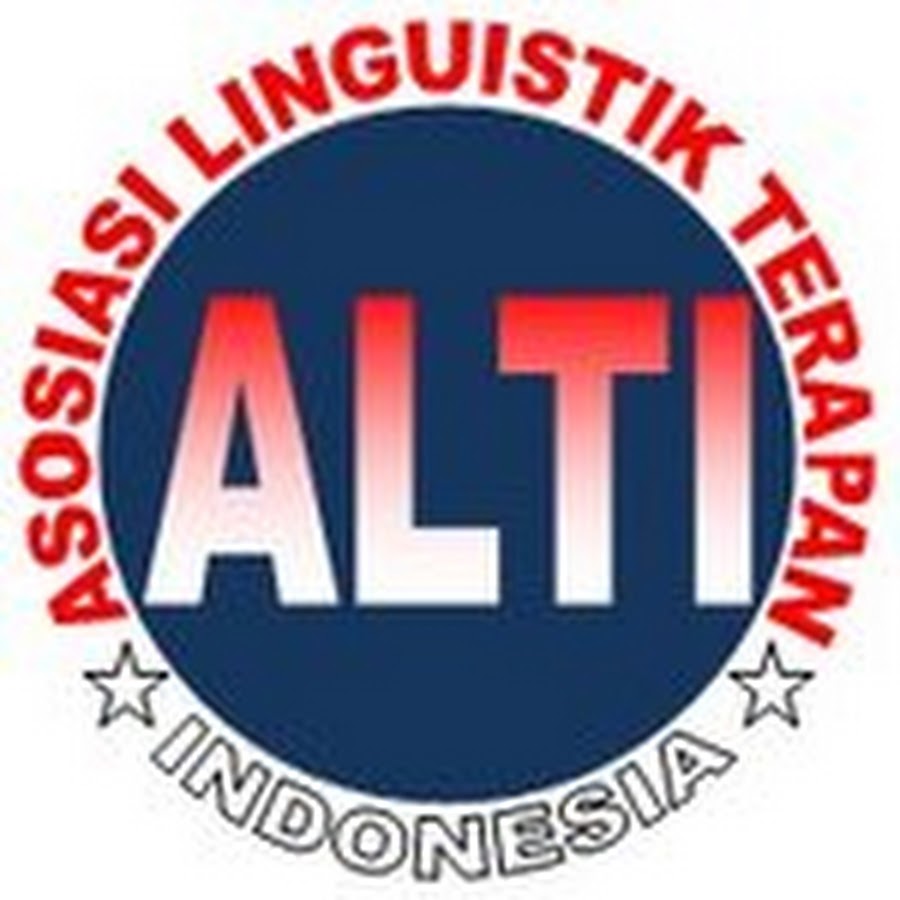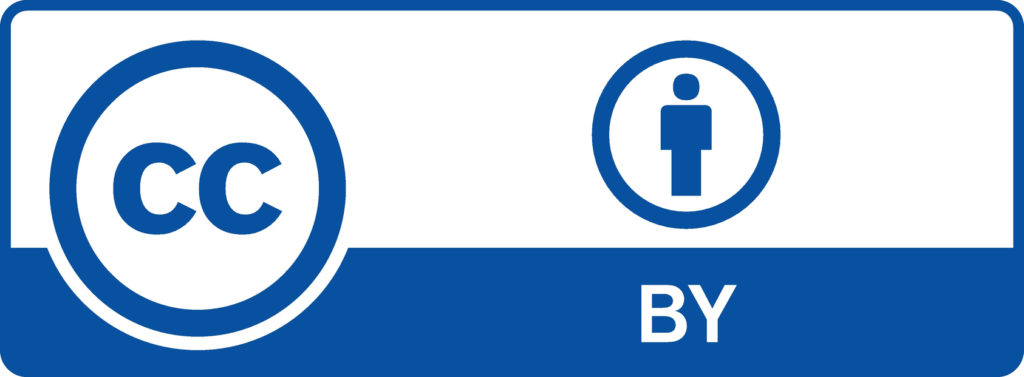The Effect of Using Information Gap Technique to Improve Students’ Speaking Skill in The EFL Context
DOI:
https://doi.org/10.33096/tamaddun.v21i2.209Keywords:
Teaching Speaking, Speaking Skill, Information Gap TechniqueAbstract
Using information gap technique in teaching speaking is a way where the pupil is lacking a few information important to finish a task or resolve a trouble, and they should communicate with their classmates to fill the gaps. The purpose of this studies turned into to find the effect of the use of the Information gap technique on EFL students’ speaking competencies. the design of this research became the use of experimental research with Pretest and post-test procedures. The pattern of this research become 64 students on first grade students of SMPN 1 Rambah Hilir. They had been divided into two groups, the experimental group, and the manipulate institution. The information was analyzed the usage of the t-test approach to discover the whether or not significant distinction effect between the experimental group become taught the usage of the information gap technique and the control group became taught by the non-information gap technique. The result of this research turned into observed that the students’ speaking skill in each of the groups inside the pretest became the same an average rating of 51.85 and their degrees have been mediocre. After being taught the information gap technique the experimental group had seventy 75 with a degree a good ability and the control group become taught the noninformation technique with average 51.85 or still mediocre ability. It could finish that using the information gap technique can improve the students' speaking skill at SMPN 1 Rambah Hilir in the EFL context. This technique can improve speaking skill for students at SMPN 1 Rambah Hilir.
References
Ananto prayoga J,Wahyudi,A. (2016). Improving Gap EFL Learners'Speaking Improving the EFL Learners' Speaking Ability Through Interactive Story telling. Dinamika Ilmu, 1-16.
Class, M. (2021, August 24). How to Improve Your Vocabulary. 7 Ways to Expand Your Vocabulary, pp. 1-9.
Doughlas, H. (2001). Teaching by Principles: An Interactive Approach to language Pedagogy. New York: Pearson Education.
Douglas, H. (2007). Teachung by priciple: an ineteractive approach pedagogy. New York: White Plains.
Harmer, J. (2012). Practice of English Language Teaching 4th Edition . Harlow: Pearson Education .
Harris, P. D. (1969). Testing English as Second Language . New york: Mc Graw Hill book company.
Hartono. (2004). Statistik untuk Penelitian. Yogyakarta: Pustaka Pelajar Offsite.
Harvi, R. (2016). The use of information gap techique to improve speaking skill. journal of english education literature and culture, 57-67.
Hasibuan, K. (2007). Teaching English as a Foreign Language (TEFL). Pekanbaru: UIN SUSKA.
Hunter, J. (2012). Small Talk: Developing Fluency,Accuracy,and Complexity in Speaking. ELT Journal, 30-41.
IMAMUDDIN, U. (2012). THE USE OF INFORMATION GAP TECHNIQUE TO IMPROVE THE STUDENTS’ ABILITY IN USING WH-QUESTIONS . Semarang: TARBIYAH FACULTY WALISONGO STATE INSTITUTE FOR ISLAMIC STUDIES .
Jack Richard.C , John Platt, Heid Platt. (2005). Longman Dictionary of Language Teaching and Apllied Linguistic. New York: Longman.
M.Yusuf, Abdul Syahid, Akhmad Ali Mirza. (2022). An Analysis Speaking Problems in Online English Presentation during COVID 19 Pandemic. Lingua: Jurnal Pendidikan Bahasa, 1-16.
Marzuki & Johanes ananto& arwijati wahyudi. (2016). Improving the EFL Learners’ Speaking Ability through Interactive Storytelling . Dinamika Ilmu, 15-34.
N.Wayan, Sumantana. (1983). Evaluasi Pendidikan . Surabaya: Usaha Nasional.
Namaziandost, E. (2019). The impact of opinion-gap, reasoning-gap, and information-gap tasks on EFL learners’ speaking Fluency. Cogent Social Sciences, 1-16.
Neira, R. A. (2019). The Impact of Information Gap Activities on Young . Profile: Issues in Teachers’ Professional Development, 2, 113-125.
prasetianto, m. (2019). Information gap : speak fluently is better in EFL context. Journey, 40-45.
R. Riswan et al. (2022). the effect of the shaw english online channel on the EFL' Speaking Ability. Journal of Applied Linguistics and Literature, 202-2014.
Riswanto, Anita,Kasmaini,&Anisa Imelda. (2022). The effect of the shaw English online channel on the EFL students’ speaking ability. JOALL (Journal of Applied Linguistics and Literature), 202-2014.
Rohmatillah. (2010). Improving Students' Speaking Ability Using Information Gap Activities. Jakarta: English Education Islamic University of Syarif Hidayatullah.
Sanaa Hajii & Sara Jejo. (2020, 1 13). Degree Project with Specialisation in English Studies in Education. Teaching Strategies to Increase EFL Speaking Skills in a Communicative Learning Environment, pp. 1-26.
Suryabrata, S. (1983). Metodologi Penelitian. Jakarta: PT Raja Grafindo Persada.
Wijayanti, N. (2018). Improving Students Speaking Ability Through Information Gap Teaching . At-Ta’dib.journal, 38-48.
Yushal, Yanti. (2005). The influence of using Picture series in teaching speaking toward students' speaking ability achievement at the second year students of MAN Rengat . Pekanbar: UIN SUSKA .
Downloads
Published
Issue
Section
License
Authors who publish with Tamaddun journal agree to the following terms:
1. Authors retain the copyright and grant Tamaddun the right of first publication. The work will be licensed under a Creative Commons Attribution License (CC BY 4.0), which permits others to share the work with proper acknowledgment of the authorship and initial publication in this journal.
2. Authors may enter into additional non-exclusive agreements for the distribution of the published version of their work (e.g., posting it to an institutional repository or including it in a book), provided that the initial publication in this journal is acknowledged.
3. Authors are encouraged to post their work online (e.g., in institutional repositories or on their personal websites) before and during the submission process. This can lead to productive exchanges and increase the visibility and citation of the published work.






